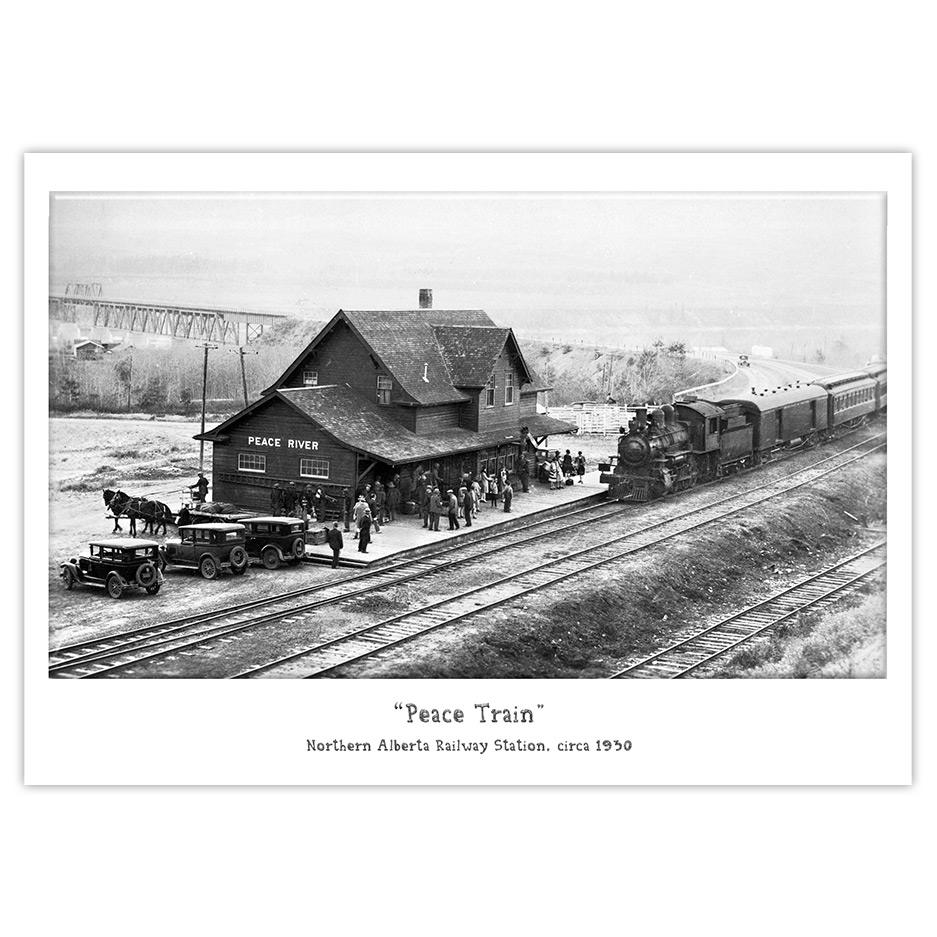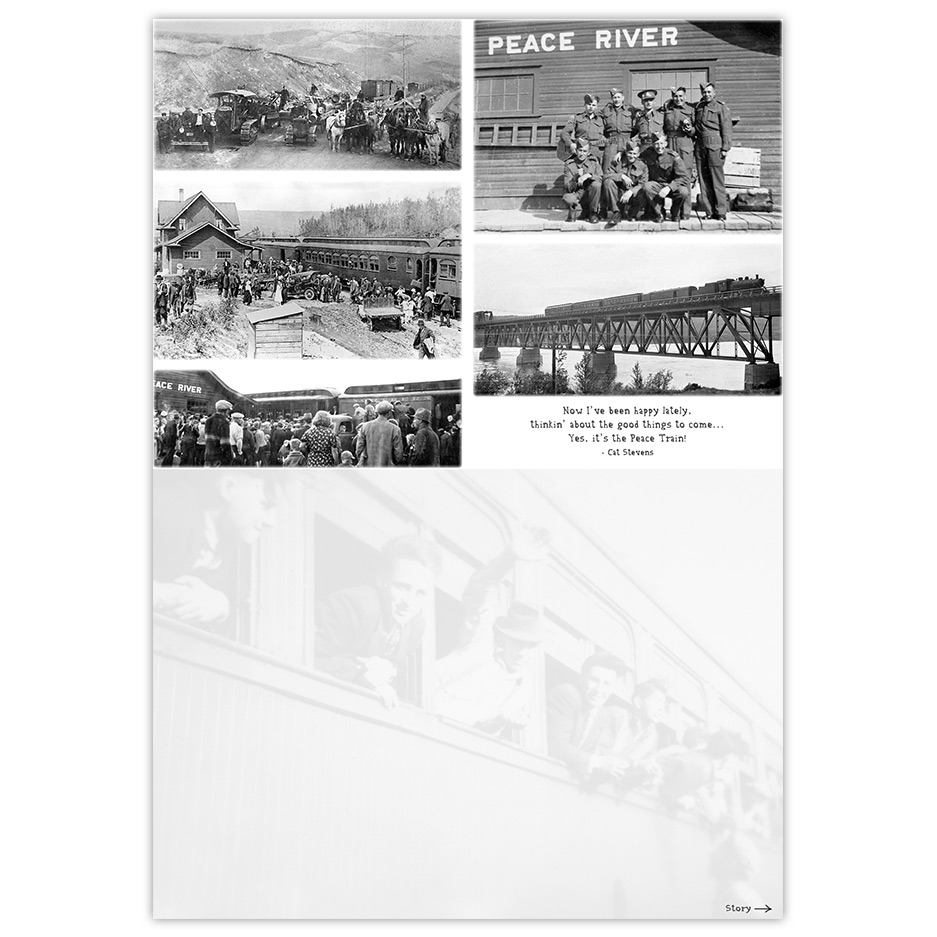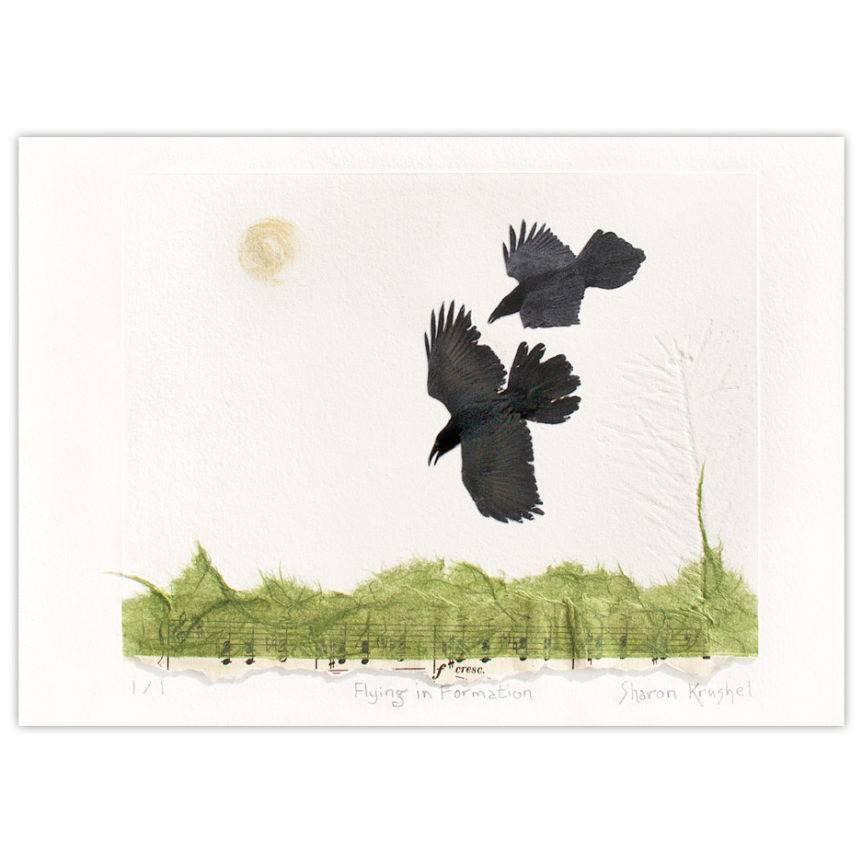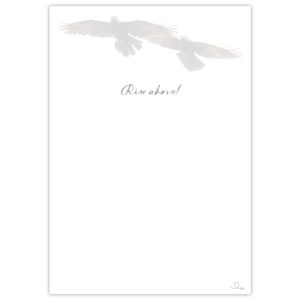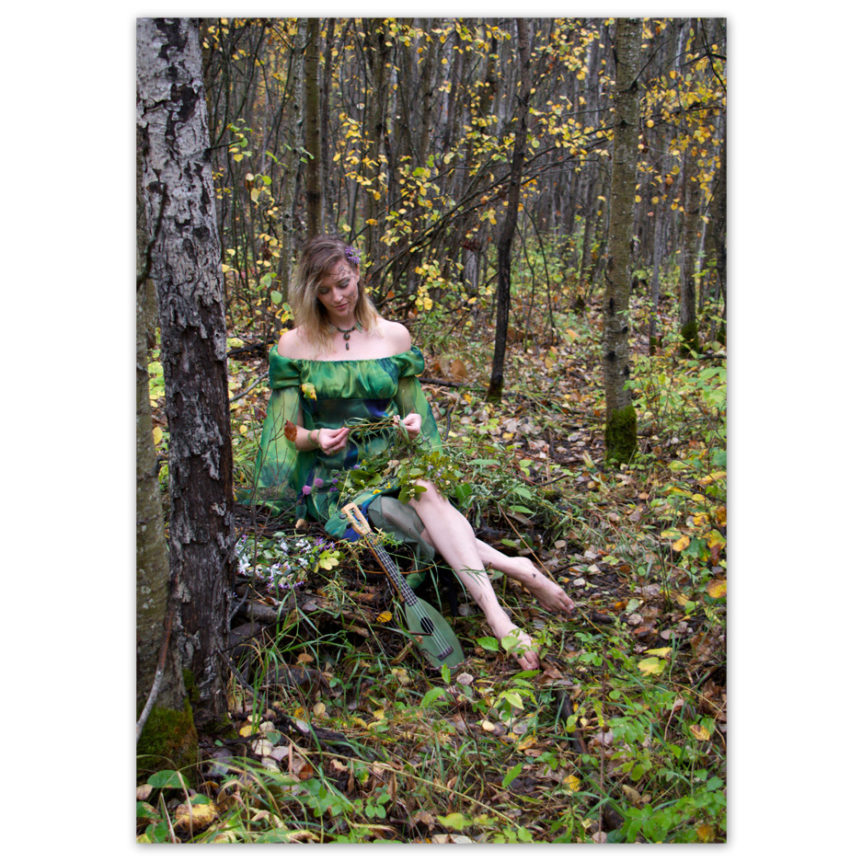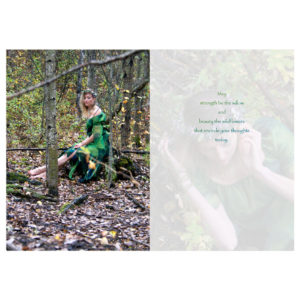Peace Train
$5.25
5″x7″ historical card and envelope
Photos from the University of Ottawa and the Peace River Museum
Story compiled by Sharon Krushel, with the help of Peace River Museum
Greeting:
Now I’ve been happy lately,
thinkin’ about the good things to come…
Yes, it’s the Peace Train!
– Cat Stevens
Description
In addition to the story on the back of the card below, be sure to read our two related blog posts:
Peace River’s Contribution to Peace and
Story on the back of the card:
The train stopped at the top of Judah Hill. It was a seven-and-a-half-mile horse-and-wagon ride into the deep valley to reach the passenger and freight boats that operated on the Peace River. The town, then called Peace River Crossing, had a population of about 700, several businesses, two banks and a detachment of the Royal NorthWest Mounted Police. Construction of the new train station in 1916 put an excitement in the air of good things to come. “The largest and best building of its kind erected on the lines of that company,” the station even had a Ladies’ Waiting Room for women travelling alone. When it was completed, it was the terminus of the Central Canada Railway, which, through amalgamation in 1929, would become the Northern Alberta Railway. The first train arrived at the station in 1916, having travelled from Edmonton by way of McLennan and Judah over the recently completed Heart River Trestle. At a 2.4% grade, the rail line from Judah to the station is one of the steepest in Canada. In the early days, it was a long process to get the railcars out of town. They would have to take the cars up a few at a time and return for more.
Expanding onward, the railway bridge over the mighty Peace River was completed November 1918. The first bridge to span the Peace, it opened the north for settlement of soldiers and other pioneers and connected the Peace River basin, rich in resources, with other transportation facilities and the markets of the world. Long-term Peace River resident, Don Weaver, said that his grandfather, Duncan McTavish, worked on the bridge during its construction. He owned a four-horse team, and his main job was to haul rocks and earth to the bridge site. The bridge was used by pedestrians, horses, wagons, and vehicles as well, as the vehicular bridge wasn’t built until 1968. (Visit DonaBona.ca for the story of “The Runaway Caboose”!)
The train shipped, among a myriad of other things, the mail, grain, livestock, food, cars, and people! The Peace River Northern Alberta Railway (NAR) Station was the hub of passenger activity from 1916 to 1956. There was an Immigration Hall built nearby in 1917 to provide temporary housing for incoming settlers. In the 30s, the NAR provided passenger service to Edmonton three times per week. The stationmaster, from his four-window bay, would keep track of all approaching trains. Using morse code on his telegraph, he would be busy receiving and tapping messages.
Traffic increased with WWII, the Japanese occupation of Kiska, Alaska and resultant building of the Alaska Highway and the Canadian Oil Project. Hundreds of U.S. soldiers were bivouacked on the west side of the Peace River bridge as they came to work. 1942: “The telegraph line is now an important artery in the defence program of Canada and the United States.” 1943: The U.S. Army still occupied an office in the Peace River Station.
The last scheduled passenger train crossed the Peace River bridge May 22, 1960. Freight trains still pass by the NAR Station daily. The beloved building is the last of its kind still standing in northern Alberta and was declared a Provincial Historic Resource in 1988. Operated by the Town of Peace River through the Peace River Museum, the NAR Station interprets the importance of the railways to northern Alberta and hosts tourist information and cultural events such as whiskey tasting and Edwardian tea parties. Thank you to the Museum for the parties, photos and information!
Cover photo licensed from the University of Ottawa by Sharon Krushel (larger prints available – [email protected])
Ph152-E-18 La gare de Peace River, Alberta, ca1930. Université d’Ottawa, CRCCF, Fonds Séraphin-Marion, (P106)

